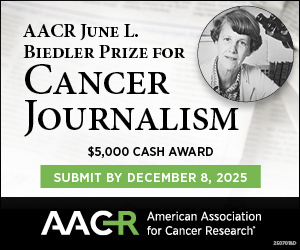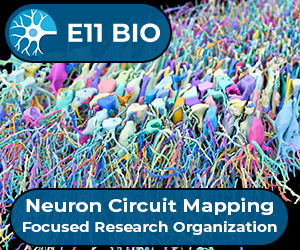Have you ever had trouble getting access to information or sources you need for a story? To help address the problem, the recently reconstituted Information Access Committee has created a database in which NASW members can share experiences trying to gain hard-to-obtain information or speak to scientists to whom access is restricted by institutional media policies.
Science writing news
In Green Transport: Exploring Eco-friendly Travel for a Better Tomorrow, Rani Iyer, writing for young adults, reviews effects of various modes of transportation on the environment. She describes more environmentally-friendly modes of transportation, such as biodiesel-fueled buses and cars and solar-powered boats, and stresses benefits to the environment and health of biking or walking. She also discusses efforts around the world to boost use of these alternatives.
An assignment to write about an imaginary river in the American Southwest, sought for decades by 18th and 19th century explorers, fur trappers, and pioneers, sparked Melissa Sevigny’s interest in modern-day efforts to bring more water to the Colorado River Basin. In Mythical River: Chasing the Mirage of New Water in the American Southwest, Sevigny tells those stories, and explores the challenges of making an ethical home in a desert.
It is with sadness that we share the loss of a very special woman, talented journalist, and active NASW board member, Peggy Girshman. She died suddenly yesterday on March 14, 2016. Peggy had been attacking a diagnosis of amyloidosis for the last several years and, according to her husband Mitch Berger, “Peg went out like a true journalist, at her desk, writing (while also playing Scrabble online with her arch-nemesis, my brother Dan). Let the record show that she was winning.”
The Why Files: The Science Behind the News, one of the oldest popular science websites, ceased publication on Jan. 21, roughly the 20th anniversary of its birth as an experiment in the nascent technology once called the World Wide Web. The cause of death was a university-wide belt tightening at the University of Wisconsin-Madison.
Known for its innovative research in cancer, neuroscience, plant science and genomics, the Cold Spring Harbor Laboratory recently marked its 125th anniversary. In The Road to Discovery: A Short History of Cold Spring Harbor Laboratory, Jan A. Witkowski strives to make that history come alive by portraying the work of individual scientists and their contributions to the development of biomedical science and biotechnology. The book includes more than 300 illustrations, plus resources for further reading.
Here are some words and phrases you have probably been misusing: comprise, fulsome, foundering, begging the question. Here are some others: comorbidity, latent construct, hierarchical stepwise regression, principal components factor analysis. That second list comes from a review titled “Fifty Psychological and Psychiatric Terms to Avoid: a List of Inaccurate, Misleading, Misused, Ambiguous, and Logically Confused Words and Phrases”, which was published in Frontiers in Psychology by researchers from Emory University, Sacred Heart College, Georgia State University, and SUNY–Binghamton.
In Eruption: The Untold Story of Mount St. Helens, Steve Olson focuses on the 57 people killed in the volcano’s eruption, the morning of Sunday, May 18, 1980. Those who lost their lives included volcanologists, loggers, conservationists, and other area residents, some as far as 13 miles from the summit. Had it been a weekday, Olson notes, far more people would have died, as hundreds of loggers would have been working in the area.
Over recent years, more and more research institutions seem to be adopting a corporate marketing approach to their communications. You can recognize these marketers by their use of such buzzwords as branding, messaging, market penetration, and cost-benefit analysis. It’s an approach that risks compromising research communications, and more broadly a research institution’s missions to create and disseminate knowledge. But corporate marketing is by definition shallow marketing. By aiming to sell the institution as a branded product, it fails to serve the intellectually rich marketplace of ideas in which researchers operate.


